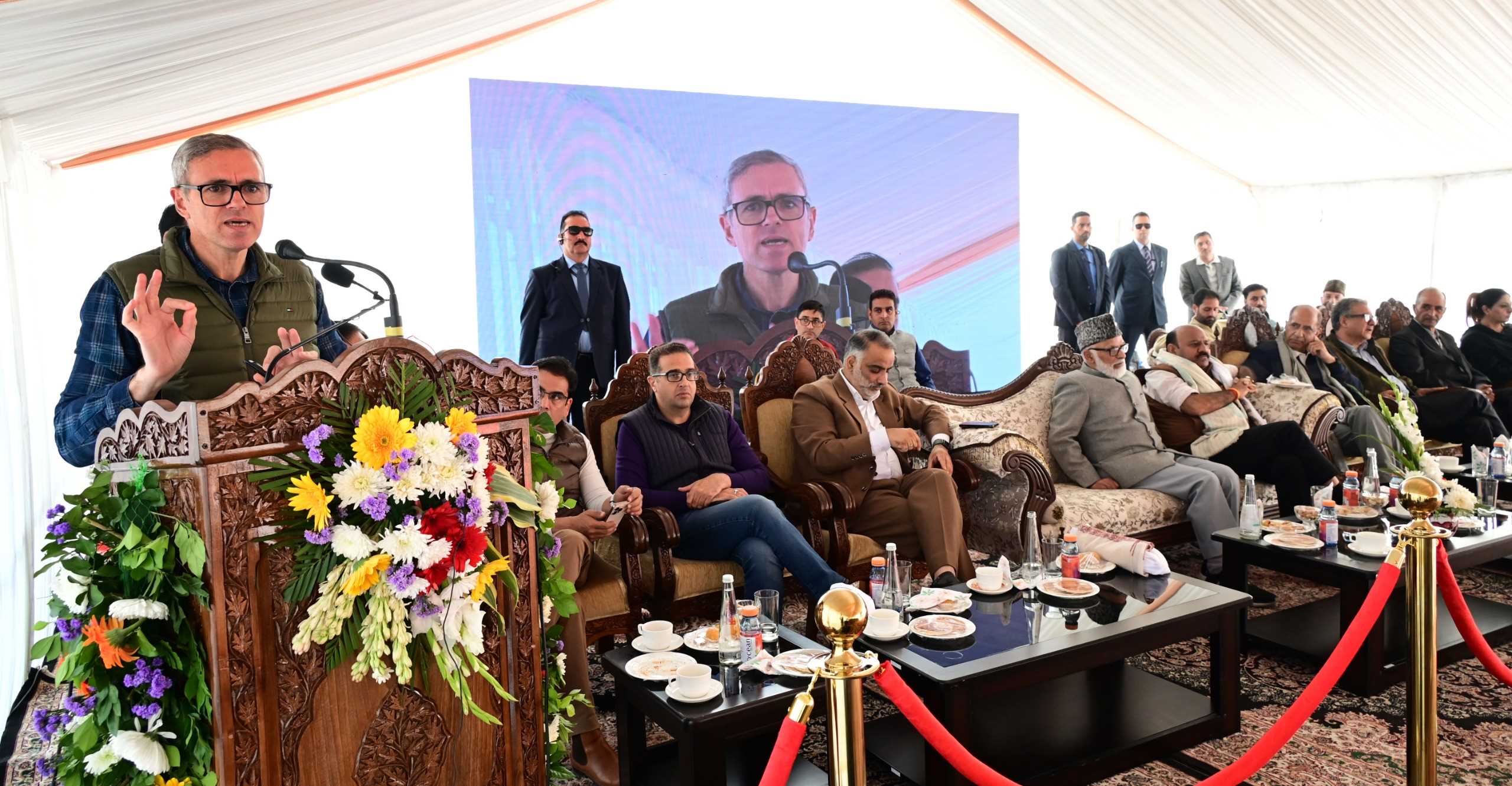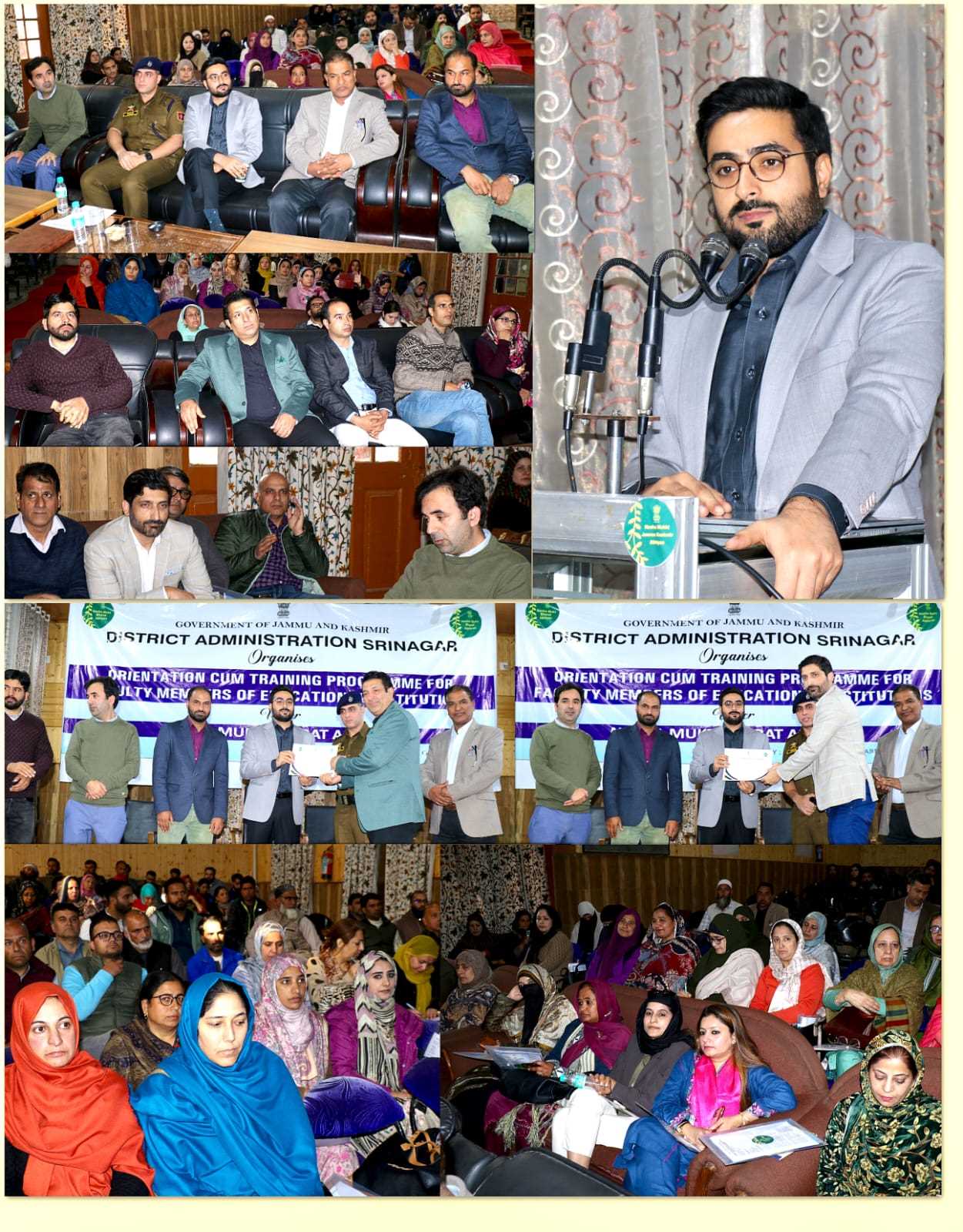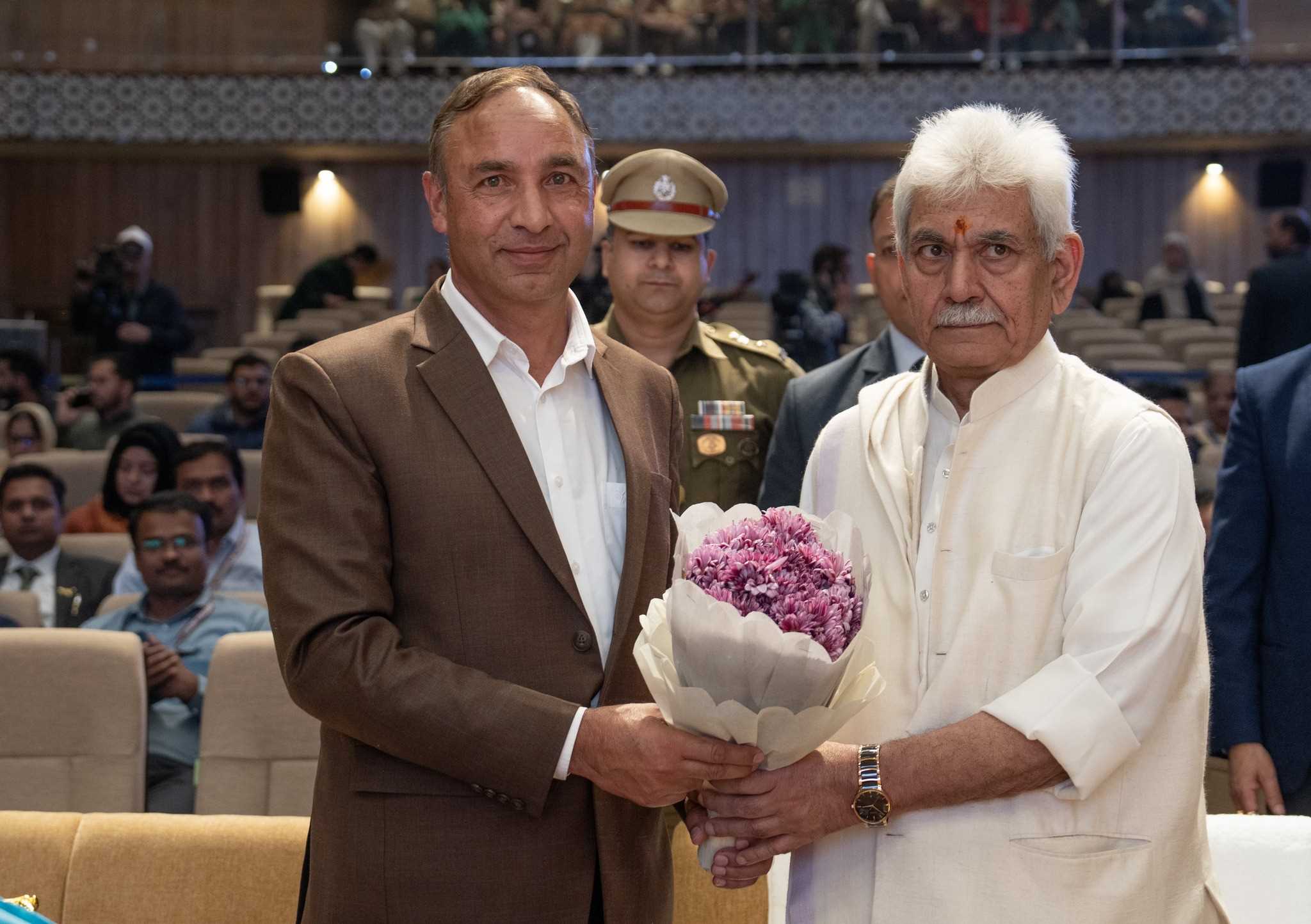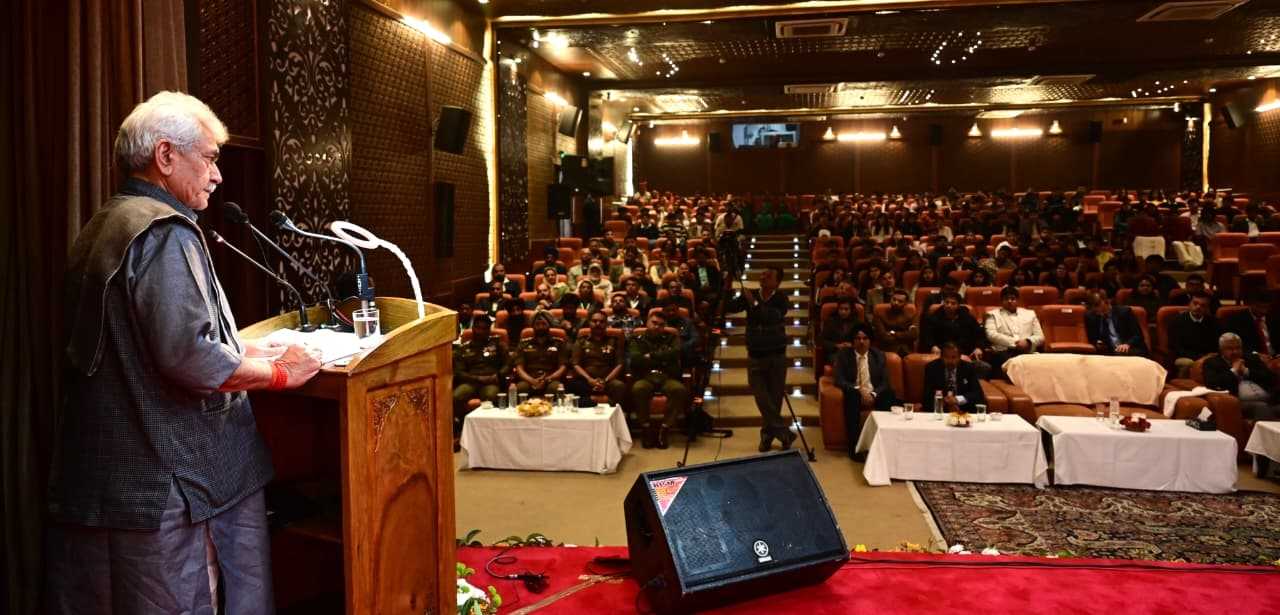Saffron, one of the most expensive spices in the world, has become 15 per cent costlier in the past one month mostly due to less acreage and damaged crop in Kashmir that impacted supply of the prized purple flower.
Saffron is retailing at Rs 220 a gram now and the price is expected to rise further as unseasonal snowfall in November has damaged 30 per cent of its crop in Kashmir, processors and traders said.
Farmers have been suffering since the past few years and this year again the crop has been damaged due to snowfall, said Abdul Majid Wani, president of Saffron Farmer's Association. “We are expecting prices to rise.”
Farmers have also requested the Jammu and Kashmir administration to start a crop insurance policy.
Kashmir, the country’s only saffron producing region, produces 17 tonnes of the spice annually, and its price varies between Rs 1.6 lakh and Rs 3 lakh per kg, depending on the demand and crop produce, according to Wani.
Iran is the biggest producer of saffron, accounting for about 90 per cent of total global production of about 300 tonnes.
We have a spice park here in Dussu area of Pulwama where government gives certification and facilitates buyers and sellers without any charges, Wani said. “I hope this will ensure that the farmers get good price for the crop. We expect a price of around Rs 2.5 lakh per kg.”
Companies such as Patanjali and Dabur, perfume manufacturers, pan masala companies, and food processors are among the main buyers of saffron in the country.
They are waiting for the price trend to emerge to place their orders, said Khursheed Ahmed Butt, chief executive at Kashmir Kesar Kingdom, a supplier of saffron as well as frozen and dry fruits.
Saffron demand from temples like Tirupati Thirumala and Guruvayur Temple, too, continues to be steady, traders said.
Kashmir saffron is known for its fragrance. But traders across the country mix it with Iranian saffron, which impacts both quality and price, they said.
“If illegal supplies from Iran, Spain and Afghanistan are checked then domestic prices can see another 15 per cent hike by December,” Butt said.
Saffron traders and farmers are hopeful that the lockdown in Kashmir would not restrict trade and movement of the spice.
Ritin Nagpal of Jammu-based trading firm Kashmir Walnut Overseas said finance minister Nirmala Sitharaman’s recent direction to National Bank for Agriculture and Rural Development (Nabard) to immediate take necessary steps to extend support to the farmers in the Union territories of Jammu and Kashmir and Ladakh has given a positive cue to the market.
Traders are hopeful that the next crop of saffron, peaches, walnuts and other agriculture produce to be procured at the right time with remunerative rates given to the farmers.
Currently it’s the picking season for saffron after the fields blossomed at the start of the winter season.










